Of Portraits and Biographies: The Art of Biographical Fiction
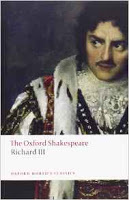
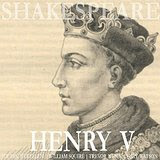
Two great works of biographical fiction.
Writing historical fiction in which real historical figures play a role creates the obligation for careful research. Biographical fiction requires an even higher standard of research, since the entire book must adhere to the known biographical data. Biographical fiction ought to be a biography -- written in a fashion that is easier and more enjoyable to read.
Yet any biographer can tell you that two completely accurate, non-fictional biographies can produce radically different images of the subject. There are always gaps in the historical record, phases of a person’s life that were not meticulously recorded, or events so controversial that no one version of them exists. Unless the subject of a biography also kept diaries of their thoughts and doings every day of his/her life, there is also the challenge of trying to understand motives for recorded actions. And even if the subject of a biography did keep diaries or write letters, there is the issue of how honest or self-serving such documents are. Biographers, like novelists, fill in the gaps, select which of several competing versions of events seems most plausible and speculate about motives and emotions not recorded. Non-fictional biographers do this by openly discussing options and explaining their interpretation of events. Novelists do this by turning their interpretation into a novel.
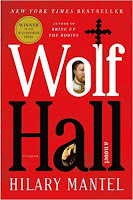 A modern biographical novel that provides new insight and a new perspective on a familiar historical figure.
A modern biographical novel that provides new insight and a new perspective on a familiar historical figure. But whereas the best biography is inherently the image that is most like the subject (most comprehensive and accurate in every detail), the same cannot necessarily be said of the best biographical fiction. A very “good” biography might be long, dry and boring, but biographical fiction strives to be not only a record of history (in this case a historical personality) but also a work of art. This means that biographical fiction must be more than just accurate, it has to also be exciting, evocative, moving, and well-written.
Let me give an example from the world of painting. There is only one known (or surviving) painting of Isabella the Catholic, Queen of Castile, which was painted during her life time by an artist who had met her. It is not a very good painting; it is stiff and lifeless, dark and, well, almost amateurish. Yet, there are many portrayals of Isabella by artists, who did not know what she looked at all. These later works may not as accurately depict Isabella’s features, yet they may capture her “spirit” in that they make the viewer “see” aspects of Isabella’s known personality – her piety combined with iron will etc. etc.
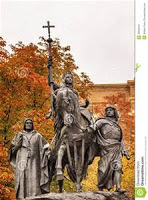
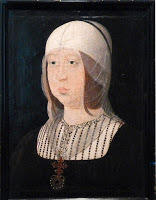
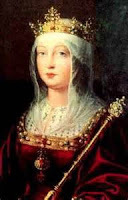
Three interpretations of Isabella of Castille, "La Catolica"
Or consider sacred art. No one knows what Jesus or his mother looked like, but this does not detract from the magnificent works of art portraying them. We judge sacred art not on whether the image correctly shows Jesus as blond or brown-haired, with a long beard or clean shaven, but rather on whether the depictions of Him move and inspire us. Michelangelo’s pieta is not necessarily more accurate in depicting Christ and Maria’s features, yet it stands out above other works of art on the same subject by virtue of its ability to convey the agony of a grieving mother for her murdered son.
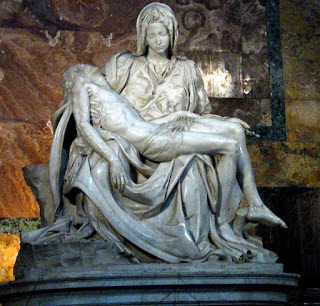 Pieta by Michelangelo in St. Peter's, Vatican
Pieta by Michelangelo in St. Peter's, VaticanThis explains how different biographical novels about the same subject can be very different, yet equally good. Is Schiller or Shaw’s Joan of Arc better? I cannot say off-hand which historians would choose as more accurate, but I do know that both – regardless of which is more accurate – are great works of biographical fiction.
My most recent work is a biographical novel of Balian d'Ibelin in three parts.
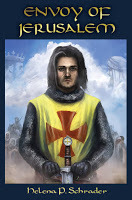
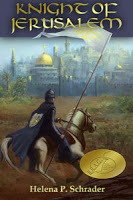
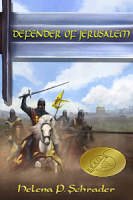
Buy now! Buy now! Release Aug. 1, 2016
Published on July 10, 2016 03:05
No comments have been added yet.



